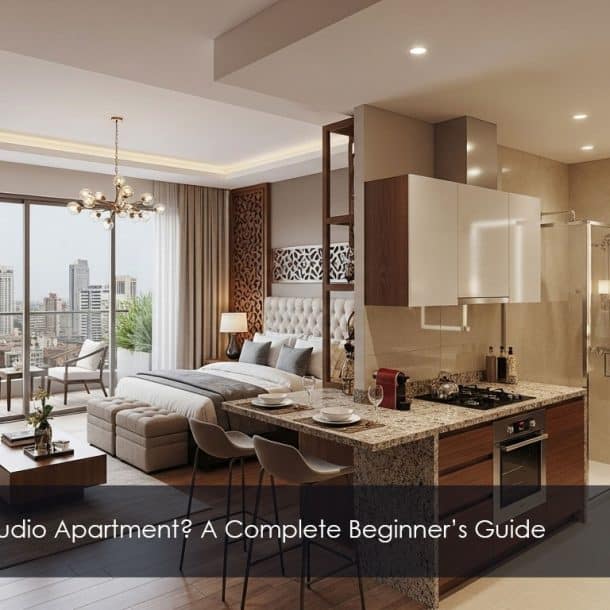
Choosing a place to live is more than just a financial transaction; it’s a lifestyle decision. Among the many options available, the studio apartment stands out as a unique choice that offers a compelling blend of simplicity and urban convenience. But is it the right fit for you?
Living in a single, open-plan room comes with a distinct set of advantages and challenges. To help you decide, let’s take an honest, balanced look at the realities of studio life.
For many, the benefits of studio living are undeniable, offering a practical and liberating approach to modern life.
This is often the number one reason people choose a studio. With less square footage, studio apartments almost always have a lower monthly rent than one-bedroom units in the same building or neighborhood. This financial benefit doesn’t stop at rent; it extends to your utility bills. A smaller, single space requires significantly less energy to heat, cool, and light, leading to lower monthly costs and more money in your pocket.
A smaller space is inherently easier and faster to clean and maintain. With fewer rooms, corners, and surfaces, tasks like vacuuming and dusting become significantly less time-consuming. This simplicity is a major draw for busy professionals, students, and anyone who would rather spend their free time enjoying life than doing household chores.
For many urban dwellers, the choice isn’t between a studio and a one-bedroom in the same location, but between a studio in a highly desirable, central neighborhood and a larger apartment much further away. Studios make living in vibrant, expensive city centers accessible to those who would otherwise be priced out, placing them close to work, amenities, and cultural hubs.
The physical constraints of a studio apartment naturally encourage a more intentional approach to your possessions. It prompts you to declutter, prioritize what is truly essential, and avoid accumulating unnecessary items. This can lead to a simpler, more organized, and less stressful way of life that aligns perfectly with the principles of minimalism.
While the benefits are significant, it’s crucial to acknowledge the potential drawbacks that come with a compact, open-plan home.
The most obvious challenge is the lack of space. Storage is often scarce, requiring creative solutions like under-bed containers, vertical shelving, and multi-purpose furniture. For individuals with extensive belongings, space-intensive hobbies, or large collections, a studio can feel cramped and restrictive.
With no walls to separate your living and sleeping areas, privacy is minimal. This can be particularly challenging when you have guests over, as they are essentially sitting in your bedroom. For couples, it means sharing a single space for all activities, which can be difficult without designated personal zones.
The open-plan design means that the functions of the space can bleed into one another. Cooking smells from the kitchen can easily permeate the entire apartment, including your clothes and bedding. For those who work from home, it can be difficult to create a mental and physical separation between your “office” and your “home,” making it harder to switch off at the end of the day.
Ultimately, the decision to live in a studio apartment is a deeply personal one that hinges on your individual priorities and lifestyle. It presents a clear trade-off: are you willing to sacrifice space and privacy for affordability, convenience, and a prime location?
If you are a single person who values a minimalist lifestyle and wants to live in the heart of the city without breaking the bank, a studio could be your perfect match. However, if you require ample space, cherish your privacy, or frequently host guests, you might find the limitations of a studio challenging. By carefully weighing these pros and cons, you can make an informed decision that best suits your needs.
